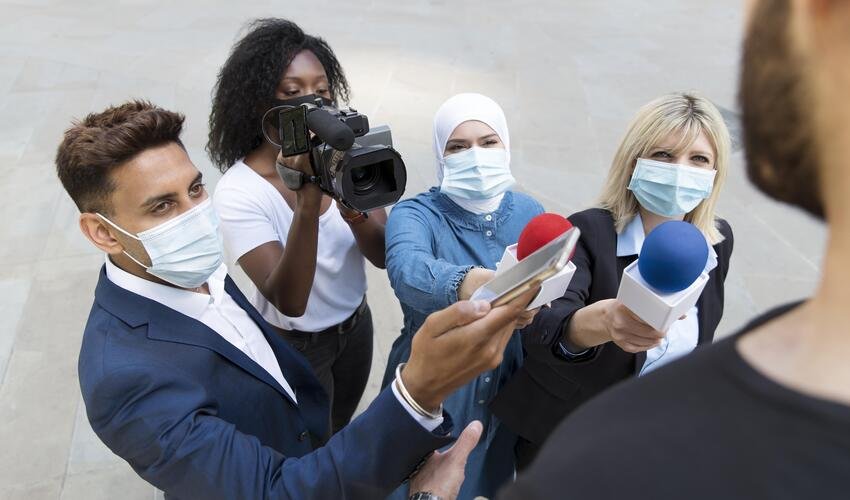In 2025, data protection remains a serious concern for governments. One major focus is on removable media. Devices like USB drives, SD cards, and external hard drives hold sensitive government data. Protecting them is critical to national security. The question many ask is simple — How should government-owned removable Media Be protected? Let’s explore the answer step by step.
1. Understanding Government-Owned Removable Media
Government-owned removable media includes all portable storage devices owned by government agencies. These devices store or transfer classified and confidential information. Examples include USB flash drives, CDs, and encrypted external drives. Because they are portable, these devices are easy to lose or steal. That makes them high-risk tools for cyber theft and data leaks. Protecting them requires strict policies and modern security technology.
2. The Growing Risk in 2025
Cyber threats are becoming more advanced in 2025. Hackers now use smarter methods to access confidential data. Even one infected USB drive can spread malware across an entire system. Governments handle data related to national defense, healthcare, and citizens. Losing or leaking this data can cause major harm. Therefore, strong protection measures are essential to prevent unauthorized access.
3. Encrypt All Data
Encryption is one of the best protection tools. It converts readable data into coded text that only authorized users can read. Every government-owned removable device should use encryption by default. For example, if a drive is lost, the encrypted data remains safe. Only people with the correct decryption key can access it. In 2025, advanced encryption tools like AES-256 are considered standard for security.
4. Limit Access and Permissions
Not every employee should access every file. Governments should apply the “least privilege” principle. This means giving users only the access they truly need. System administrators can assign roles to control who uses or copies sensitive data. Limiting permissions reduces the risk of insider threats or accidental data leaks.
5. Use Tracking and Monitoring Tools
In 2025, tracking tools can record every use of removable media. These tools monitor when a device is inserted, removed, or copied. Tracking ensures accountability. If something suspicious happens, logs help trace who used the device last. This prevents unauthorized data transfers. For example, if a drive is used outside a secure network, the system can automatically block or alert IT teams.
6. Mandatory Authentication Systems
Authentication ensures that only authorized users can access government-owned removable media. Two-factor or biometric authentication (like fingerprints or face recognition) adds extra protection. When a device is inserted, it should request secure login credentials. Without authentication, no data should be viewable or transferable. This simple step can prevent hackers or unauthorized employees from accessing sensitive files.
7. Regular Scanning and Virus Protection
Removable media is one of the most common sources of malware. Every government system should automatically scan removable devices before opening them. Updated antivirus software can detect and remove harmful files quickly. This protects both the removable device and the connected systems. It’s also smart to disable the auto-run feature. This prevents any virus from running automatically when a drive is plugged in.
8. Use Secure Hardware-Encrypted Devices
Some drives come with built-in encryption hardware. These are called hardware-encrypted drives. They have physical security features like password locks and self-destruct data protection. Governments should only purchase these high-security models. They offer stronger protection than normal USB drives. In 2025, many agencies will use these drives for all confidential or classified data transfers.
9. Apply Strict Data Transfer Policies
There should be clear rules for copying and transferring government data. Employees should never move files between government and personal devices. All transfers should be logged and approved by authorized personnel. This reduces the risks of data leaks or misuse of removable drives. Governments can also use software that blocks unapproved removable devices from connecting to official computers.
10. Conduct Regular Security Training
Human error remains one of the biggest threats in cybersecurity. Even the best security tools are useless if employees don’t use them properly. Regular training programs are essential. Staff should learn about safe data handling, password protection, and how to report lost devices. In 2025, most cyber incidents happen because of simple mistakes. Educating users is the first step in preventing them.
11. Implement a Zero Trust Policy
Zero Trust means “never trust, always verify.” Every access request, even from within the system, is verified before approval. or removable media, this means continuous validation and monitoring. Only verified users and verified devices can connect to the network. This approach reduces risks from insider threats and malware infections.
12. Destroy or Wipe Old Devices Properly
When a removable device is no longer needed, it must be destroyed or securely wiped. Deleting files isn’t enough because deleted data can often be recovered. Governments should use certified data destruction tools or physical shredding. This ensures that no data remains accessible after disposal.
Conclusion
So, How Should government-owned removable Media Be protected in 2025? The answer is through strict rules, advanced encryption, and constant monitoring. Governments must combine technology and awareness to protect sensitive data. From limiting access to using hardware encryption, every step plays a role in national security. As cyber threats evolve, so should security practices. In 2025, protecting government data isn’t optional — it’s a duty.
FAQs
1. What is government-owned removable media?
It includes devices like USBs and external drives used by government offices to store or transfer data.
2. Why is removable media risky for governments?
Because it can be lost, stolen, or infected with malware, leading to data breaches.
3. What is the best protection method for removable media?
Encryption and strict access control are the most effective protection methods.
4. Should employees use personal USB drives for work?
No. Only approved, encrypted government-owned devices should be used.
5. What happens if a government USB is lost?
If encrypted, the data remains safe. Otherwise, it can result in serious data leaks.



